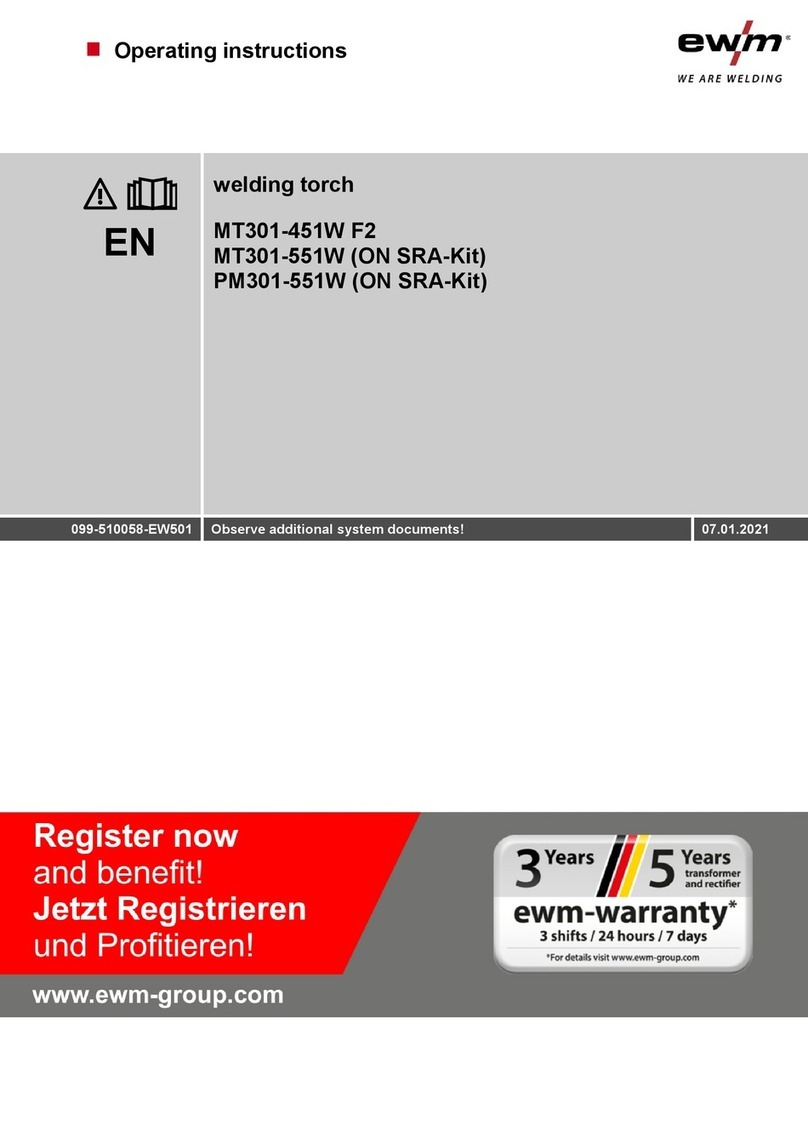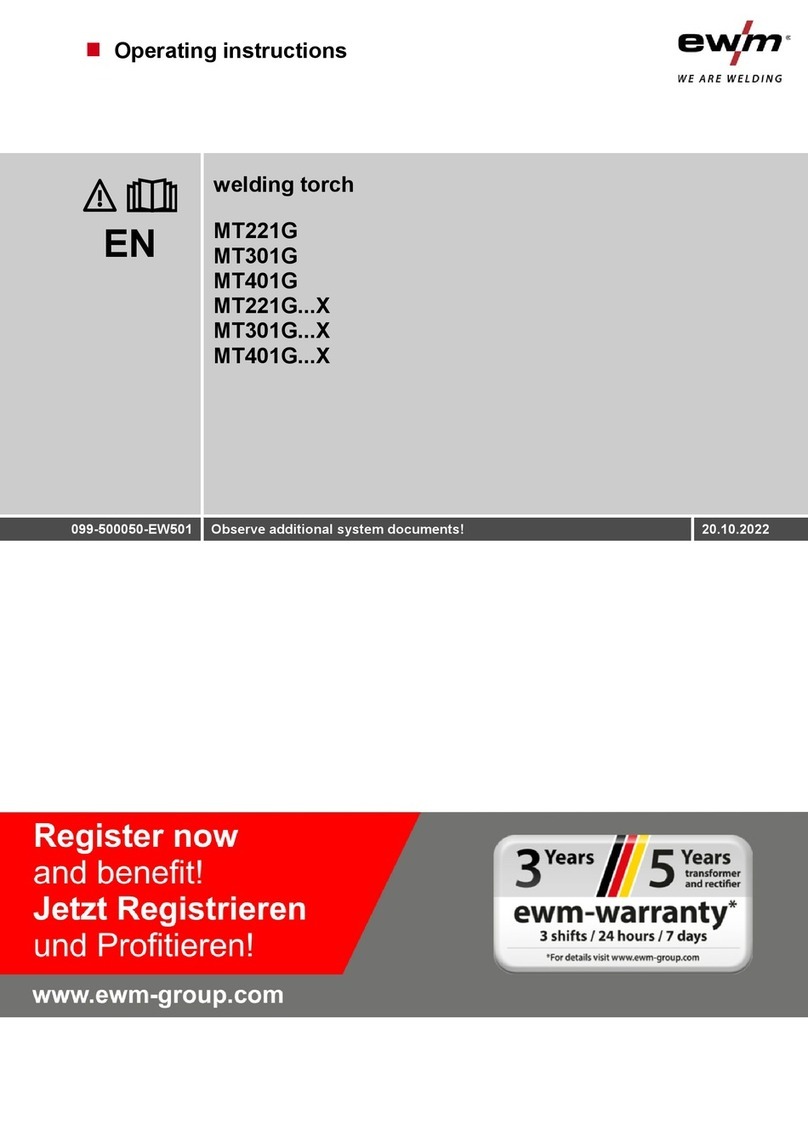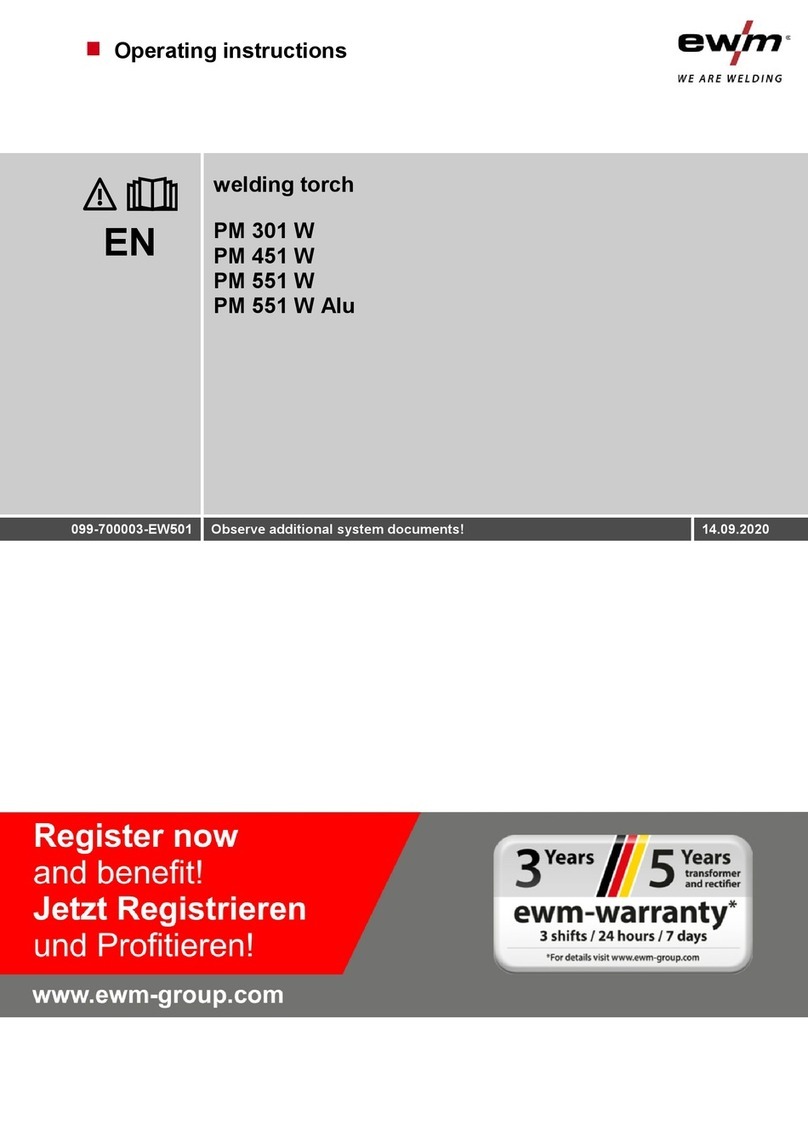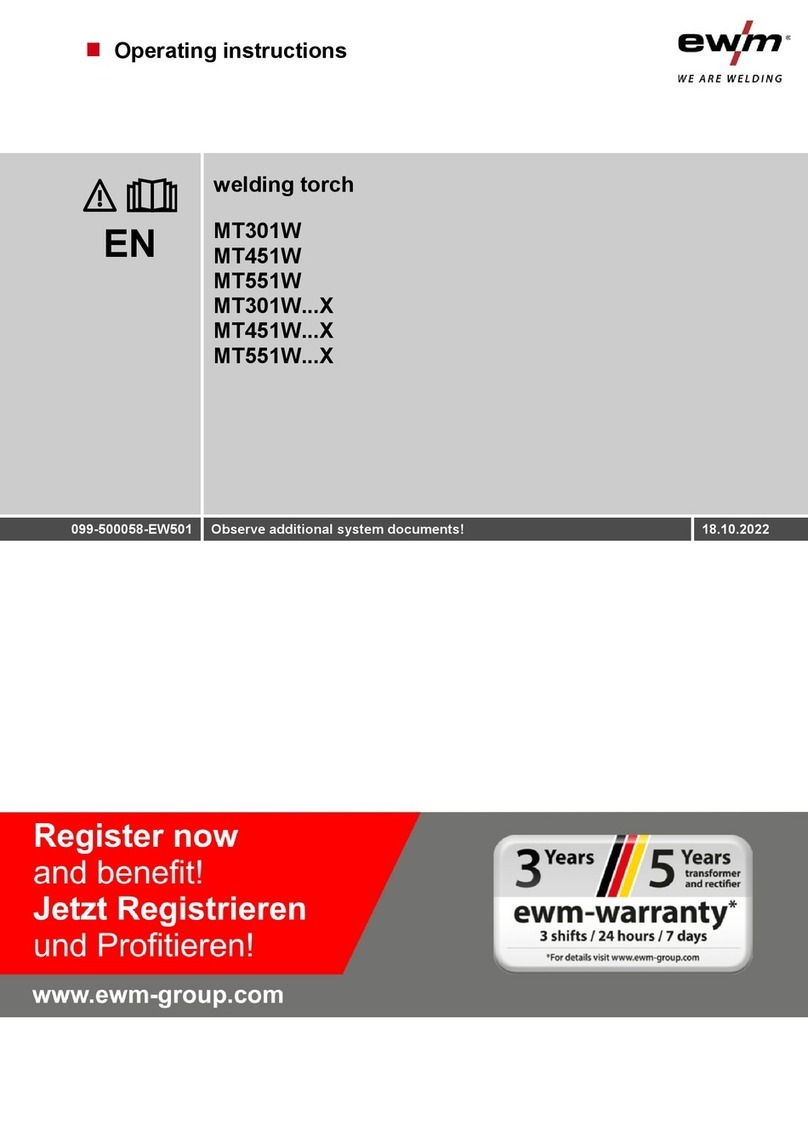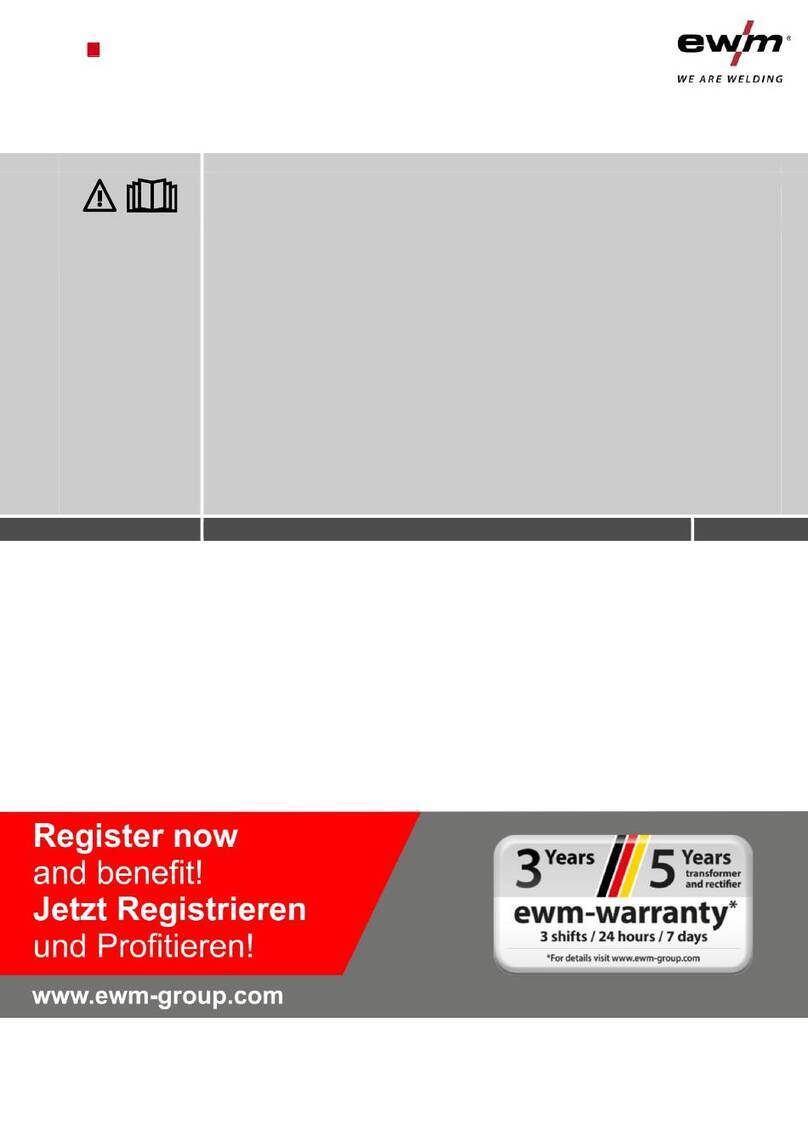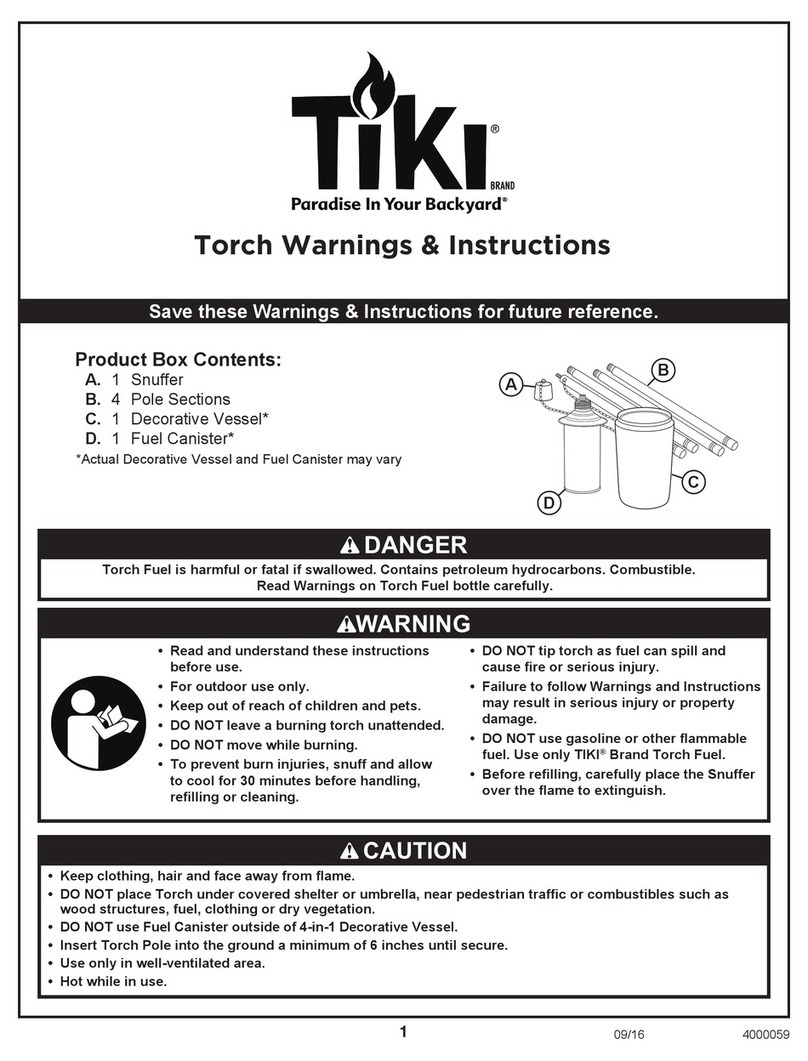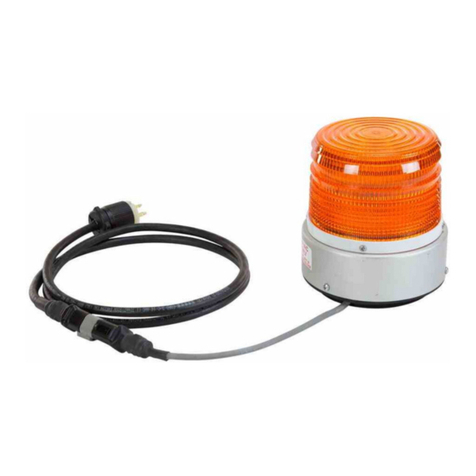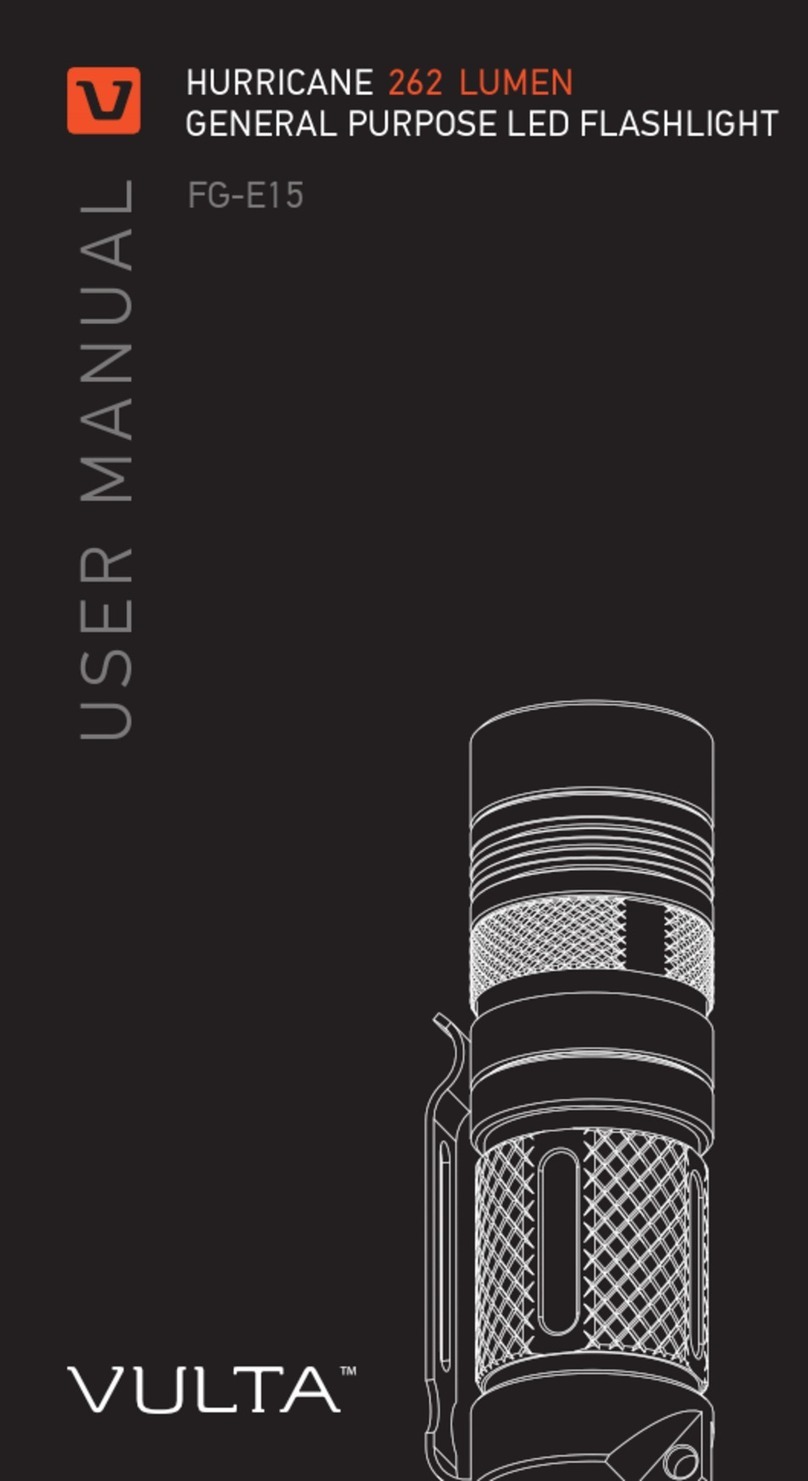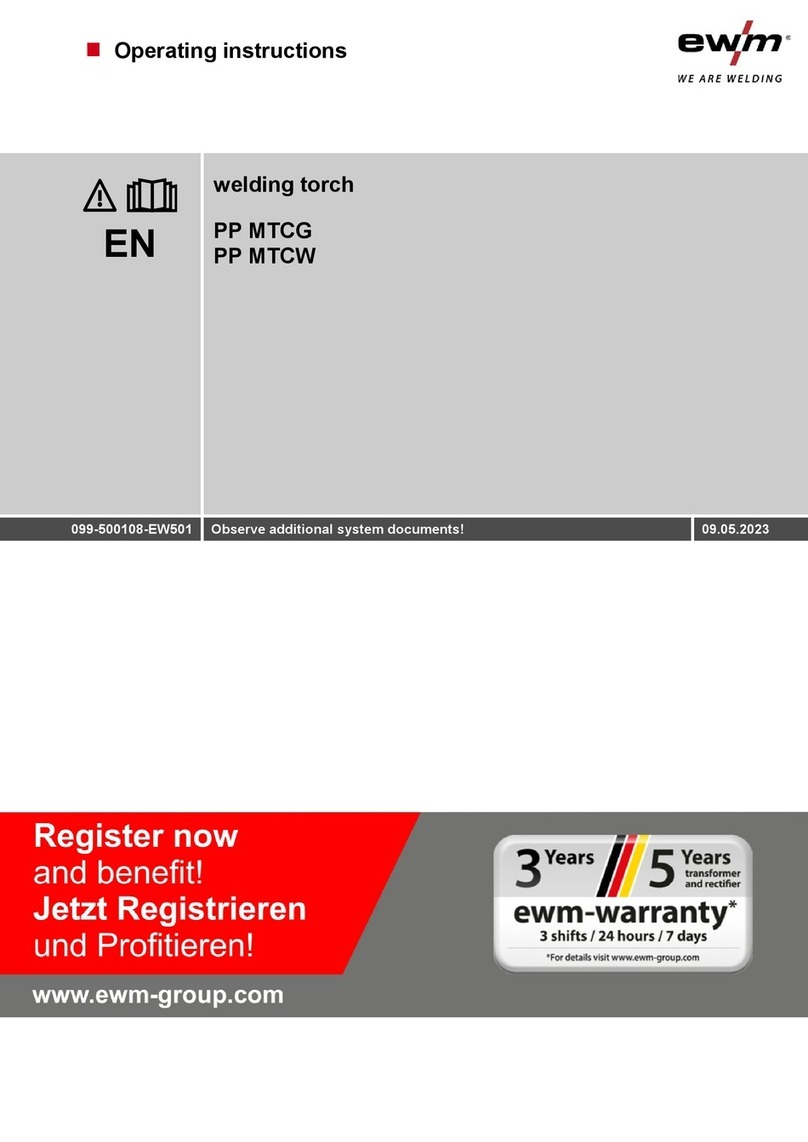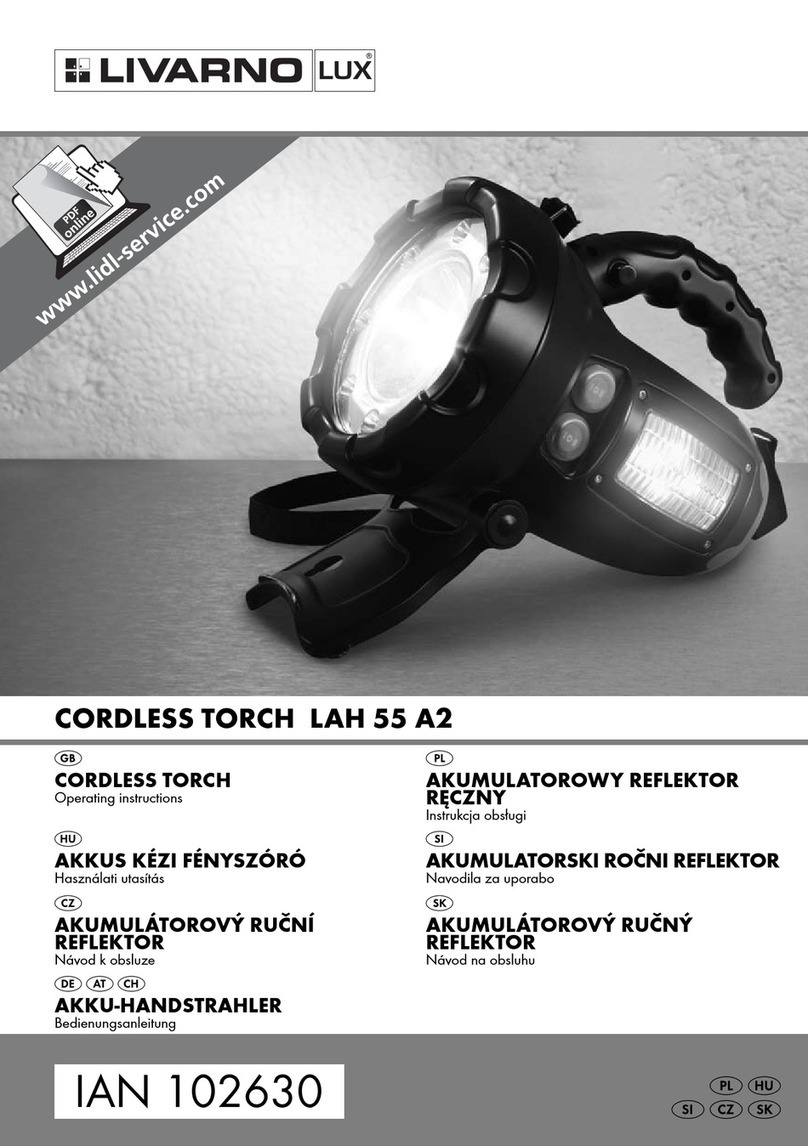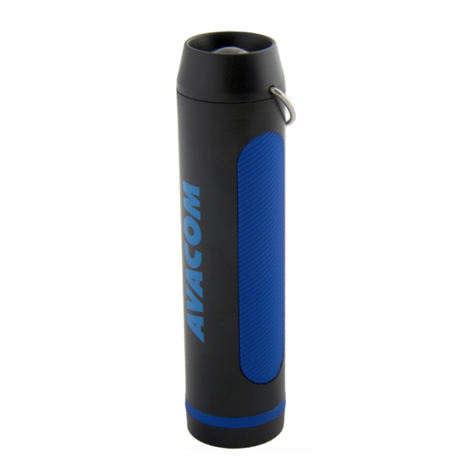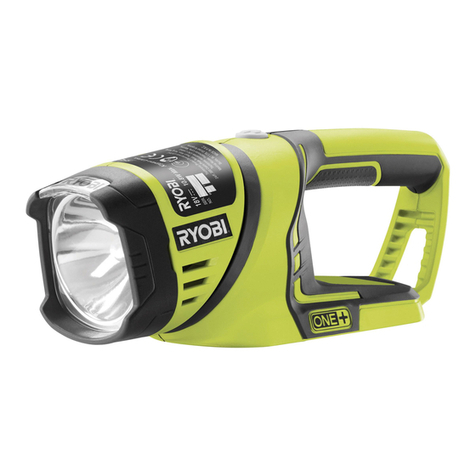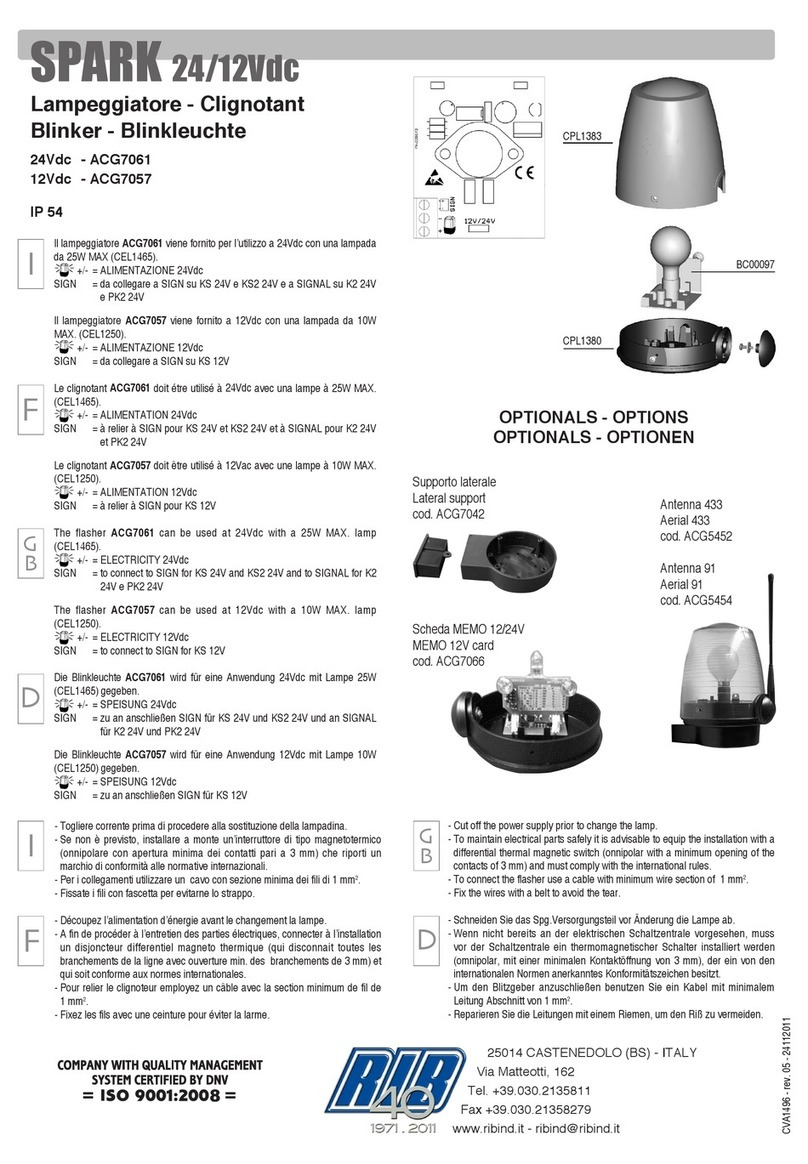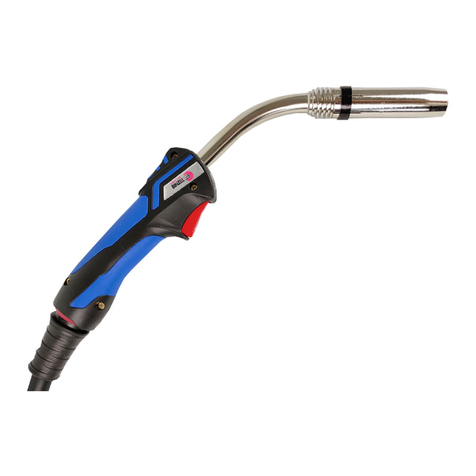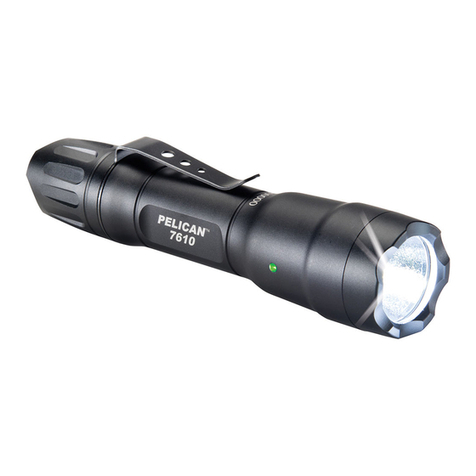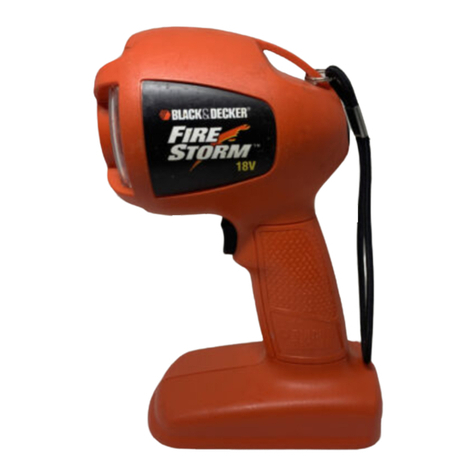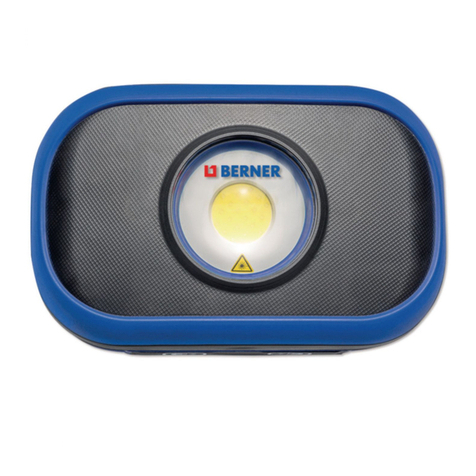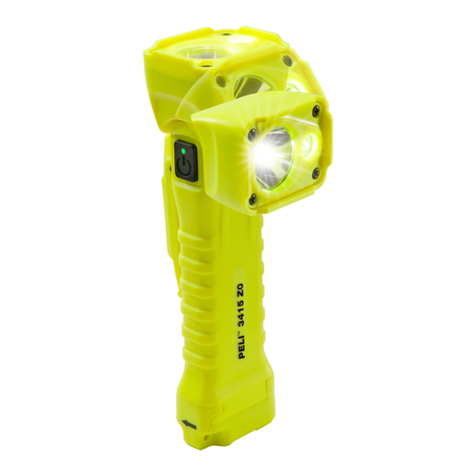
Contents
Notes on using these operating instructions
099-008232-EW501
26.05.2020
1 Contents
1Contents .................................................................................................................................................. 3
2For your safety ....................................................................................................................................... 5
2.1 Notes on using these operating instructions .................................................................................. 5
2.2 Explanation of icons ....................................................................................................................... 5
2.3 Part of the complete documentation .............................................................................................. 6
3Intended use ........................................................................................................................................... 7
3.1 Applications .................................................................................................................................... 7
3.2 Documents which also apply ......................................................................................................... 7
3.2.1 Warranty ......................................................................................................................... 7
3.2.2 Declaration of Conformity ............................................................................................... 7
3.2.3 Service documents (spare parts) ................................................................................... 7
4Machine description – quick overview ................................................................................................ 8
4.1 PHW 100 ........................................................................................................................................ 8
5Design and function ............................................................................................................................... 9
5.1 Scope of delivery ........................................................................................................................... 9
5.2 Transport and installation ............................................................................................................ 10
5.2.1 Ambient conditions ....................................................................................................... 10
5.2.1.1 In operation ................................................................................................... 10
5.2.1.2 Transport and storage ................................................................................... 10
5.3 Functional characteristics ............................................................................................................ 10
5.3.1 Procedure ..................................................................................................................... 10
5.4 Welding torch cooling system ...................................................................................................... 11
5.4.1 Permitted torch coolant ................................................................................................ 12
5.4.2 Plasma torch - cooling circuit ....................................................................................... 12
5.5 Welding torch connection ............................................................................................................ 13
5.5.1 Connection variant Microplasma 25, -55, -105 ............................................................ 13
5.5.2 Connection variant Microplasma 20, -50 ...................................................................... 14
5.6 Ultraviolet radiation ...................................................................................................................... 14
5.7 Gas supply (shielding and plasma gas) ....................................................................................... 15
5.7.1 Hydrogen ...................................................................................................................... 15
5.7.2 Plasma gas ................................................................................................................... 15
5.7.3 Shielding gas ................................................................................................................ 16
5.7.4 Forming gas .................................................................................................................. 16
5.8 Tables of current carrying capacity .............................................................................................. 17
5.8.1 Current carrying capacity and plasma gas quantities for standard nozzle 18 mm /
0.71 inch ....................................................................................................................... 17
5.8.2 Current carrying capacity and plasma gas quantities for standard nozzle 23 mm /
0.91 inch ....................................................................................................................... 18
5.8.3 Current carrying capacity and plasma gas quantities for the angled nozzle ................ 18
5.8.4 Current carrying capacity and plasma gas quantities for the electrode at the
positive pole or AC operation ....................................................................................... 19
5.9 Wear part replacement ................................................................................................................ 19
5.9.1 Deinstallation/Installation .............................................................................................. 19
5.9.2 Changing the contact tip ............................................................................................... 20
5.9.3 Electrode change .......................................................................................................... 20
5.9.3.1 Regrinding the electrode ............................................................................... 21
5.9.3.2 Removal and reassembly of the electrode with mounted electrode
clamping unit ................................................................................................. 22
5.9.3.3 Setting the electrode gap .............................................................................. 23
5.9.3.4 Electrode setting gauge (basic setting - dimension “L”) ................................ 23
5.9.3.5 Guide values for basic setting (electrode at the negative pole) .................... 24
5.9.3.6 Guide values for basic setting (electrode at the positive pole or for
alternating current) ........................................................................................ 24
5.9.3.7 Installation of the electrode with the electrode clamping unit removed ........ 25
5.10 Commissioning ............................................................................................................................ 26
5.10.1 Start of welding ............................................................................................................. 26
5.10.2 Double arc .................................................................................................................... 27


